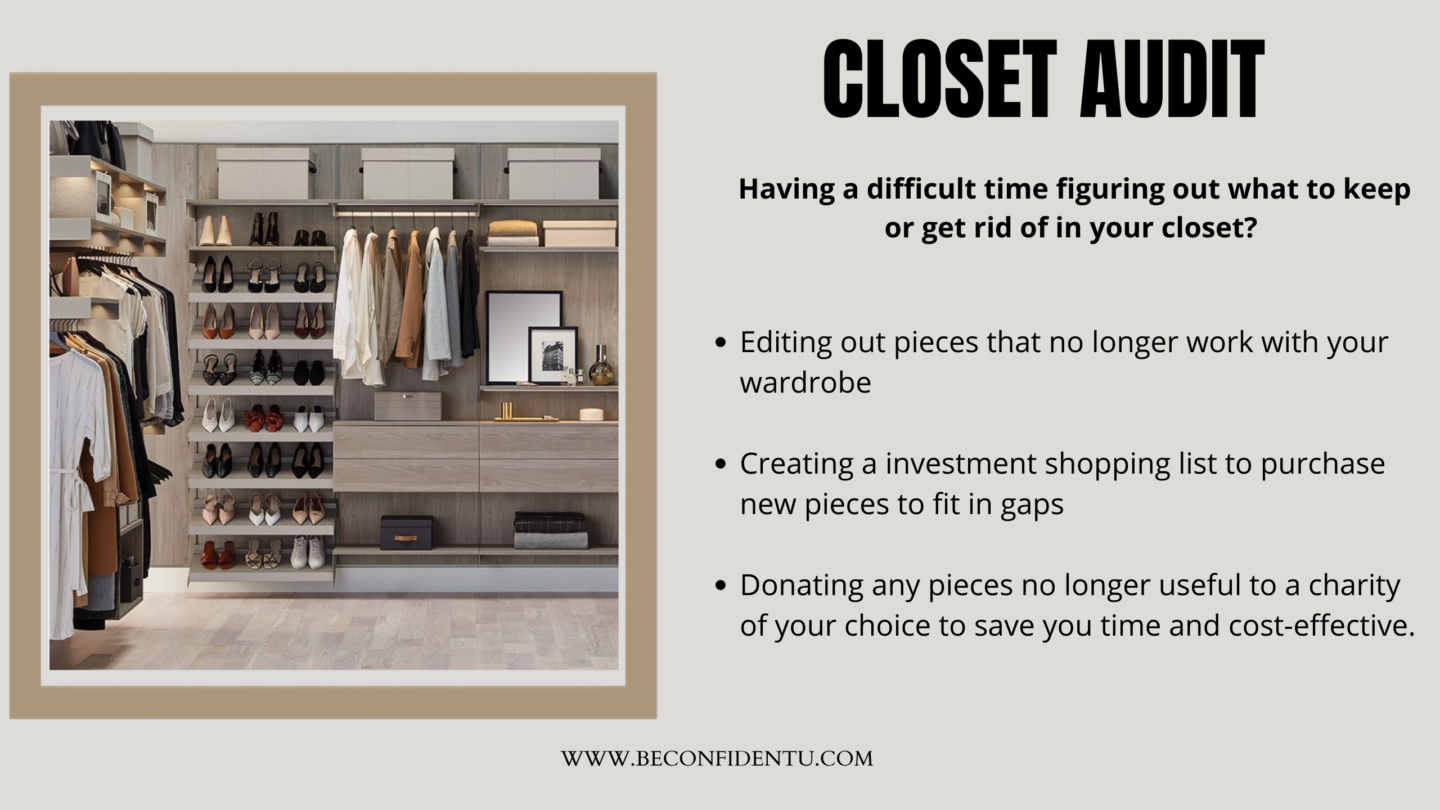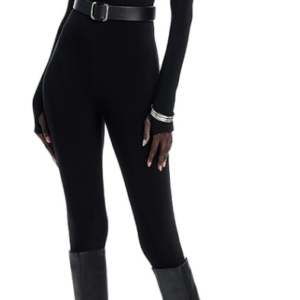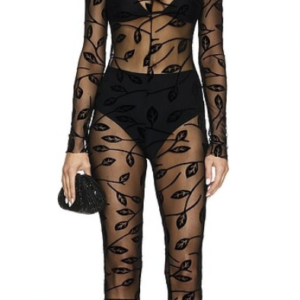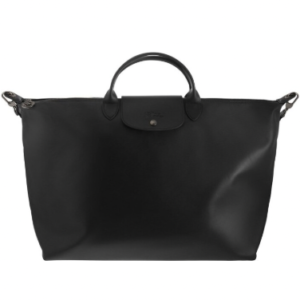
In the world of fashion and style, myths and misconceptions abound. These myths can often limit our creativity and prevent us from fully expressing our personal style. Let’s debunk some of these common myths about styling your wardrobe.
Myth 1: You Must Stick to One Style
Many people believe that they need to identify one specific style and stick to it. However, fashion is all about self-expression. It’s perfectly okay to mix and match different styles based on your mood, the occasion, or even the season. Don’t limit yourself to one style; explore and experiment!
Myth 2: Designer Labels are Always Better
While designer pieces can be beautifully crafted and high-quality, they’re not the only option for a stylish wardrobe. Many affordable brands offer stylish and well-made pieces. Remember, it’s not about the price tag, but how you style and wear it.
Myth 3: You Should Never Mix Patterns
Contrary to popular belief, mixing patterns can create a vibrant and exciting look. The key is to balance the scale of the patterns and tie them together with a common color.
Myth 4: Black and Navy Don’t Mix
This old-fashioned rule has been debunked by fashionistas time and time again. Black and navy can create a chic and sophisticated look when paired correctly. The trick is to make sure the colors are distinguishable and not so close that they appear to be a mismatched attempt at a monochrome outfit.
Myth 5: Certain Colors are Off-Limits for Some Skin Tones
While it’s true that some colors may complement certain skin tones better than others, the idea that certain colors are completely off-limits is outdated. The most important thing is that you feel confident and comfortable in what you’re wearing.
Myth 6: Horizontal Stripes Make You Look Wider
This myth has been debunked by numerous fashion experts. In fact, how horizontal stripes appear depends more on the width and spacing of the stripes than their orientation.
Myth 7: You Shouldn’t Wear White After Labor Day
This rule is largely ignored in today’s fashion world. White can be a fresh and stylish choice for any season, as long as it’s styled appropriately.
When it comes to styling your wardrobe, the most important rule is that there are no rules. Fashion is about expressing yourself and feeling good in what you wear. So, don’t let these myths limit your creativity and personal style. Happy styling!

Wardrobe Analysis To
To form a good basic wardrobe, here are some guidelines on what you need to take into account:
- The usual colours that your client ordinarily chooses.
- The type of design or makes that are your clients favourites. You may be able to introduce suitable new ones.
- Keep in mind the type of fabric that your client tends to like. Some people particularly like, say, denim or silk. This may be important to not change.
- Note whether she/he repeats the same shapes or colours a lot in garments. People can get stuck in a pattern.
- Note which items your client feels most comfortable in or that are priorities. Jeans? Dresses? Shirts? Accessories?
- How she/he uses accessories and if they are open to change.
Taking these points into account, when forming a picture of the background wardrobe, will make it much easier to decide what needs to go and what can stay. You’ll know what basics are useful to keep, which shades already fit your colour analysis or which shapes are all wrong!
It’s also vital to remember to distinguish between a summer and a winter wardrobe. Every client needs a good basic wardrobe in both.
Be diplomatic when explaining the changes that you feel your clients need to make to their image. Put everything in positive terms and try to never make your client feel anything but beautiful as they are. You’re just applying a little polish so that they shine!
Wardrobe Basics
- American basics in shades of navy blue, black, white, beige, brown, grey, camel, green – whichever of these suit your client. They should be free of decorative embellishments or prominent pictures/logos. Fabrics like cotton, wool, tweed and hounds tooth or Prince of Wales print.
- Basic t-shirts in navy blue, black, white, beige, browns, greys, sailor stripes, small black and white polka dots, pink. (Ask at interview if pink is a colour that your client wants as a basic)
- Jeans that are classics – not too skinny or too flared that don’t go out of fashion and can be used at any time. This applies to both women and men.
- Shirts, for both men and women, are classic. They can be formal or casual, depending on the dress code needed. Suitable colours are white, blue and pink.
- Straight skirts or with a little flair in basic colours like black, grey and brown, which are very useful for occasions like interviews or formal events.
- A trench coat has been a basic for a long time and is still a wardrobe must. Any plain color without a print is good; the usuals are black, beige, brown and grey.
- Lounge shoes. In the case of a man these would be moccasins.
- Accessories are the most interchangeable part of any wardrobe. A nice scarf or a good ring would be a basic component of any wardrobe. For men, a good tie and watch. Belts should be of a reasonable size and black or skin color. Skinny belts can be a good choice, depending on the body outline that you’re working with.
Wardrobe basics are the essential garments that give a structure to a range of clothes. They are timeless pieces that are continually needed and built on to create a wider selection of more individual complete outfits. These are the typical components:




